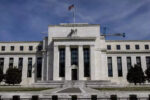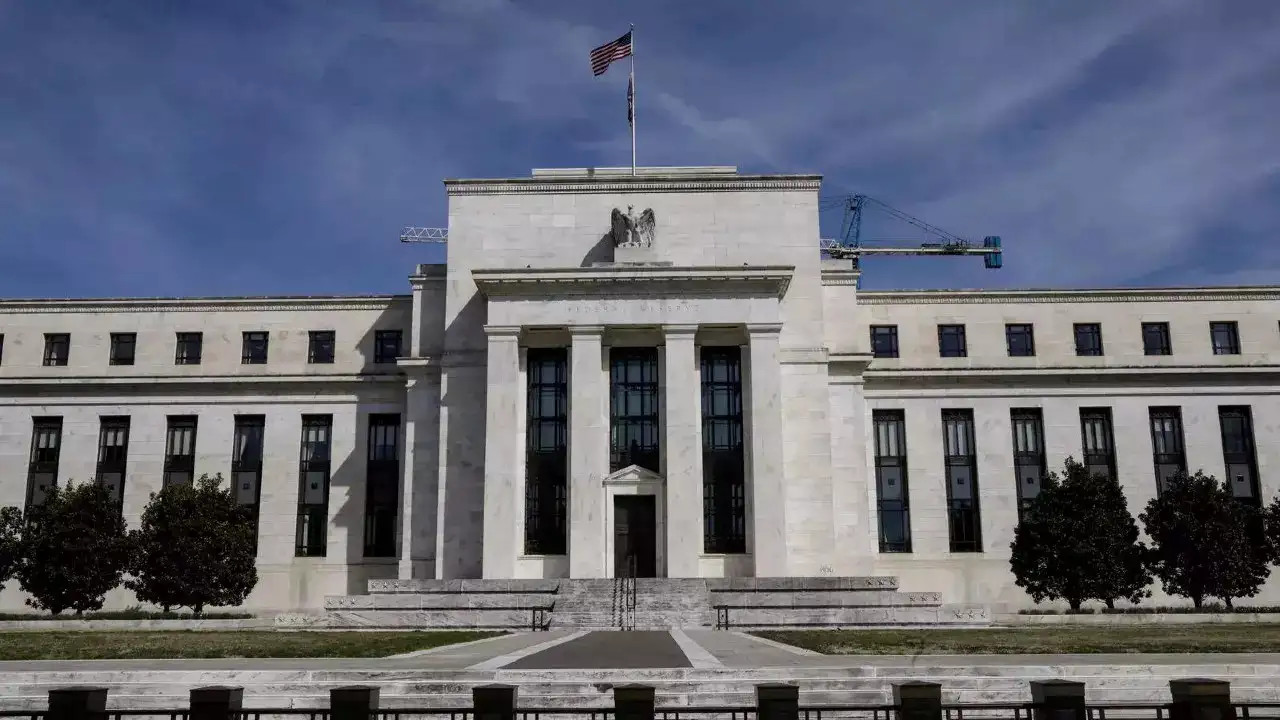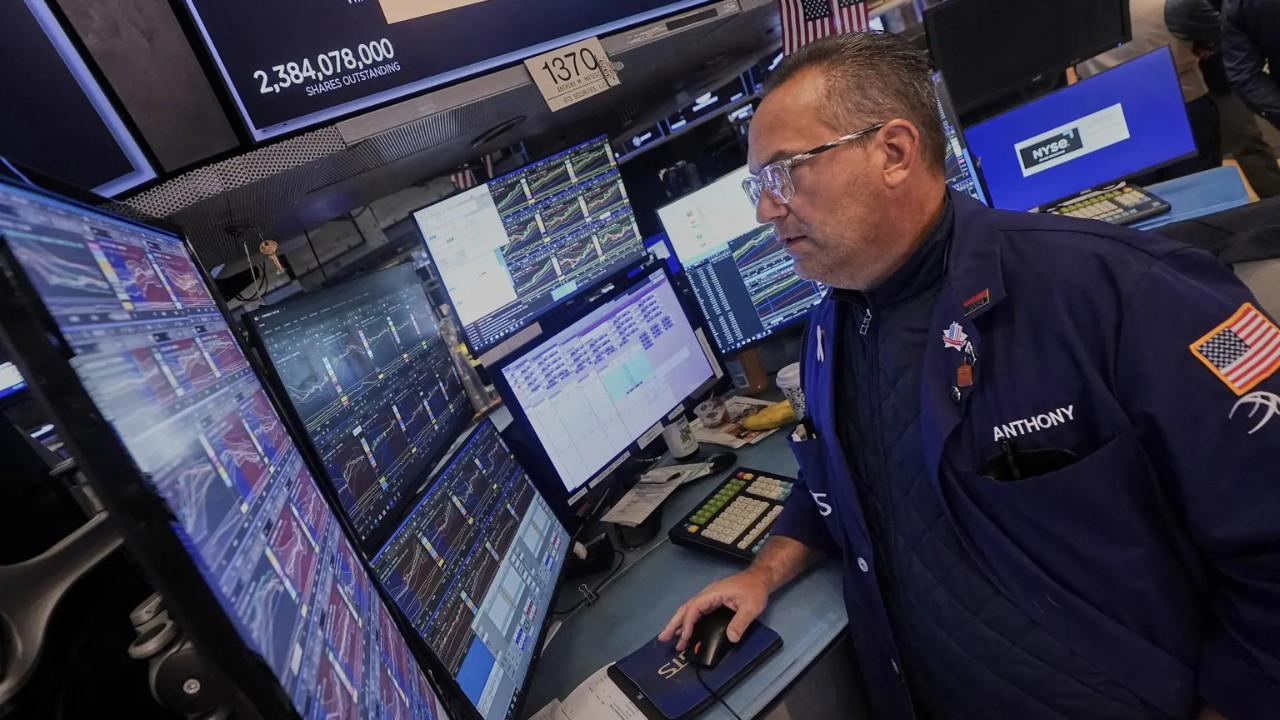Oil prices surged over 7% following escalating tensions between Israel and Iran, raising concerns about potential supply disruptions. Brent crude reached levels unseen since January, with the market closely monitoring the Strait of Hormuz, a crucial oil transit route. Analysts warn of a possible price spike to $130 a barrel if the conflict escalates further, impacting global energy markets.
Holding Our Breath: Will the Iran-Israel Tensions Send Oil Prices Skyward?
Okay, let’s be honest. When you saw the headlines about the escalating tensions between Israel and Iran, did your first thought jump to the price at the pump? Mine did. And I wasn’t alone. The markets, already jittery from a multitude of global pressures, did a collective intake of breath, sending oil prices on a noticeable upward trajectory.
The reason? It all boils down to geography, specifically a narrow waterway called the Strait of Hormuz. Think of it as the world’s oil artery. A staggering amount – we’re talking roughly 20% of global oil supply – flows through this strategic chokepoint nestled between Iran and Oman. Any disruption there, even a perceived threat, sends ripples throughout the global economy. And when you have two nations locked in a tense standoff, the “perceived threat” meter goes into overdrive.
It’s not just about pulling up to the gas station and paying a few extra rupees (or dollars, or euros). A sustained oil price surge can have a cascading effect. It can push up inflation, impacting everything from food prices to transportation costs. Businesses start feeling the pinch, and that can translate into slower economic growth. It’s a complex web of interconnected factors, and oil is right there in the center, pulling the strings.
So, what’s driving this particular surge? Well, let’s rewind a bit. Recent events have certainly thrown fuel on the fire (pun intended). There have been back-and-forth actions, each fueling the other. This tit-for-tat situation has created a pervasive sense of unease. No one wants an all-out conflict, but the risk of miscalculation, of a single spark igniting a larger conflagration, is undeniably present. And the markets hate uncertainty more than almost anything.
This isn’t just about the immediate events, though. The tensions between Iran and Israel are deeply rooted in complex geopolitical dynamics. It’s a long and complicated story with layers of historical grievances, ideological differences, and competing regional ambitions. The Strait of Hormuz just happens to be the pressure point where all these tensions converge.
Now, some might argue that this is all just short-term volatility, a knee-jerk reaction that will eventually settle down. And they might be right. Oil markets are notoriously unpredictable, swayed by everything from weather patterns to political pronouncements. But there are a few factors suggesting this could be more than just a temporary blip.
Firstly, the global oil market was already facing supply constraints. OPEC+ (the Organization of the Petroleum Exporting Countries and its allies, including Russia) has been deliberately limiting production to prop up prices. This means there’s less wiggle room, less capacity to absorb any potential disruptions caused by the Iran-Israel situation.
Secondly, the global economy, while showing signs of resilience, is still navigating a challenging landscape. Inflation remains stubbornly persistent in many countries, and interest rates are still relatively high. A sustained oil price shock could easily derail the fragile recovery.
Finally, and perhaps most importantly, the geopolitical landscape is becoming increasingly fragmented. The world is no longer a unipolar arena dominated by a single superpower. We’re seeing the rise of new powers and a more multipolar world order, which inherently leads to greater uncertainty and a higher risk of conflict.
So, what can we expect in the coming weeks and months? It’s tough to say with absolute certainty. Predicting the future is a fool’s game. But here’s what I’m watching:
* Diplomatic efforts: Are there any signs of de-escalation? Are major powers actively working to mediate the situation? The success or failure of diplomatic initiatives will be a crucial factor.
* Iranian oil production: Will Iran, a significant oil producer, be able to maintain its output levels despite the escalating tensions? Any disruption to Iranian oil exports will put further pressure on global supply.
* Market sentiment: How will investors react to ongoing developments? Will they continue to price in a significant risk premium for oil, or will they eventually become more complacent?
Ultimately, the future of oil prices hangs in the balance. It’s a delicate situation, and the stakes are high. We’re all hoping for a swift and peaceful resolution. But in the meantime, it might be wise to keep a close eye on those gas prices – and maybe consider dusting off that bicycle. It might just come in handy.
📬 Stay informed — follow us for more insightful updates!







